Contents
- Introduction
1.1 Considering eddy current distribution in electromagnetic steel sheet
1.2 Considering the Magnetic Hysteresis of electromagnetic steel sheet - Method for detailed analysis of steel sheets
- Loss assessment by detailed analysis of steel sheet
- Summary
- References
1. Introduction
Electromagnetic steel sheet plays a key role in the operation of electrical equipment and is one of the key factors that determine its performance. In recent years, the sophistication of electrical equipment designs has resulted in the need for high-precision loss-assessment and the importance of detailed analysis of electromagnetic steel sheet is ever-increasing.
Various methods have been proposed for high-precision loss assessment of electromagnetic steel sheet, and a method of performing iron loss analysis as a post-processing using magnetic flux density waveform obtained in magnetic field analysis after it is done, has been widely used. On the other hand, depending on the model, it may be necessary to consider the hysteresis of magnetic properties and demagnetizing field due to eddy currents. Here, we use a simple example and consider the significance of taking into account the eddy currents and magnetic hysteresis during magnetic field analysis. The model to be analyzed shall be a single electromagnetic steel sheet having a thickness of 0.5 mm and a property equivalent to 50A470 as shown in Fig. 1. Electromagnetic steel sheet is wound with a coil as shown in the Figure. When a current is applied to the coil, hysteresis loss and eddy current loss generated inside the steel plate will be assessed.
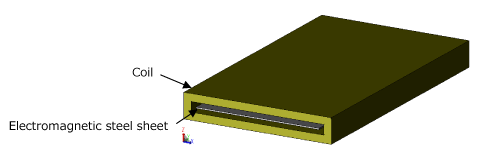
Fig. 1 Electromagnetic steel sheet model
1.1 Considering eddy current distribution in electromagnetic steel sheet
First, in order to focus on the effect of eddy currents, four calculations as shown in Table 1 were performed in order to determine hysteresis loss and eddy current loss, respectively. When eddy currents are considered, eddy current loss value is calculated during magnetic field analysis by meshing electromagnetic steel sheet so that the eddy current distribution inside electromagnetic steel sheet in Fig. 1 can be captured. Otherwise, the loss-value was calculated transiently with post-processing based on magnetic flux density waveform obtained with magnetic field analysis . In order to focus on investigating the effects of eddy currents, the initial magnetization (DC magnetization) curve is used in magnetic field analysis and the magnetic hysteresis is not considered. Check how much the loss values in Cases 1 and 3 obtained in the steel sheet during magnetic field analysis by not considering eddy currents deviate from those values in Cases 2 and 4 obtained by considering the eddy currents
| Consider eddy currents in magnetic field analysis | Frequency of coil current | |
|---|---|---|
| Case1 | None | 50(Hz) |
| Case2 | Yes | 50(Hz) |
| Case3 | None | 1(kHz) |
| Case4 | Yes | 1(kHz) |
We first consider the case of coil current 50 Hz. The comparison of the results for Case 1 and Case 2 is shown in Fig. 2. Relative error for Case 1 against Case 2 was 0.4 %, 3.7 % and 1.4 % in the order of hysteresis loss, eddy current loss and their sum, respectively. Therefore, it can be said that the loss can be obtained with a certain accuracy even if eddy currents are not taken into account in magnetic field analysis.
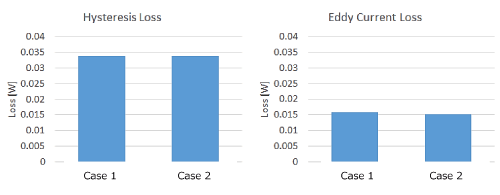
Fig. 2 Comparison of Case 1 and Case 2 (Left: hysteresis loss, Right: eddy current loss)
Next, consider the case of coil current 1 kHz. The comparison of the results of Case 3 and Case 4 is shown in Fig. 3. Compared with the case of coil current 50 Hz, the effect of eddy current was large, and the loss value obtained in Case 3 resulted in several times larger than that in Case 4. Magnetic flux density waveform in both cases is shown in Fig. 4 in order to investigate the reason for this outcome. Since the effect of eddy currents was not considered in Case 3, it can be seen that the mean magnetic flux density amplitude in the steel plate is larger than that in Case 4 (Fig. 4, left). However, it is still early to consider that the magnitude of the mean magnetic flux density amplitude has led to the magnitude of the losses in Cases 3 and 4. Magnetic flux density distribution in the steel plate obtained in Case 4 is shown in Fig. 4. The legend indicates the depth from the outer surface of the steel plate. It can be seen that the magnetic flux gathers and passes along the surface of the steel sheet. However, even on the surface of the steel sheet where majority of the magnetic flux passes through, the value of the magnetic flux density stays about the same as that for Case 3 at the most. This explains that the loss in Case 3 is greater than in Case 4. In this example, it was verified that the estimated loss value tends to be larger than it should be, unless taking into account the eddy currents in magnetic field analysis. However, it is necessary to make observations depending on the situation, since it is possible that estimated loss value turns out to be smaller than it should be depending on degree of magnetic flux density concentration inside the steel sheet.
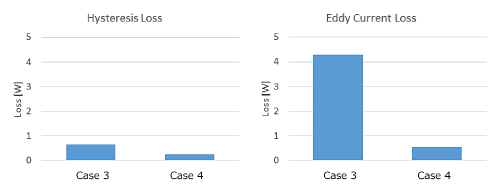
Fig. 3 Comparison of Case 3 and Case 4 (Left: hysteresis loss, Right: eddy current loss)
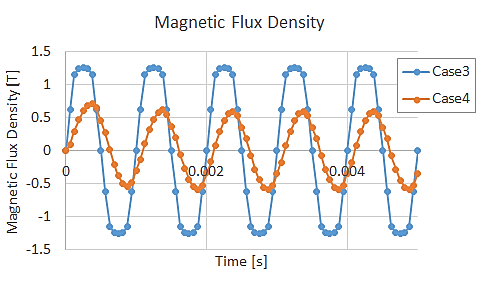
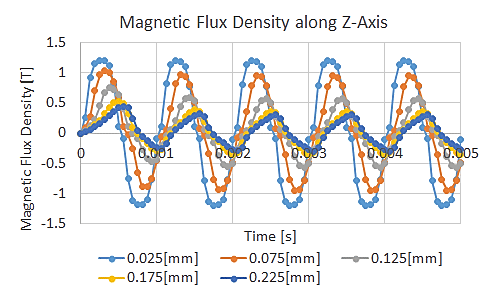
Fig. 4 Comparison of magnetic flux density waveform between Case 3 and Case 4 (Left: Average in Steel Sheet, Right: Distribution in Steel Sheet)
You need to sign in as a Regular JMAG Software User (paid user) or JMAG WEB MEMBER (free membership).
By registering as a JMAG WEB MEMBER, you can browse technical materials and other member-only contents for free.
If you are not registered, click the “Create an Account” button.
Create an Account Sign in



